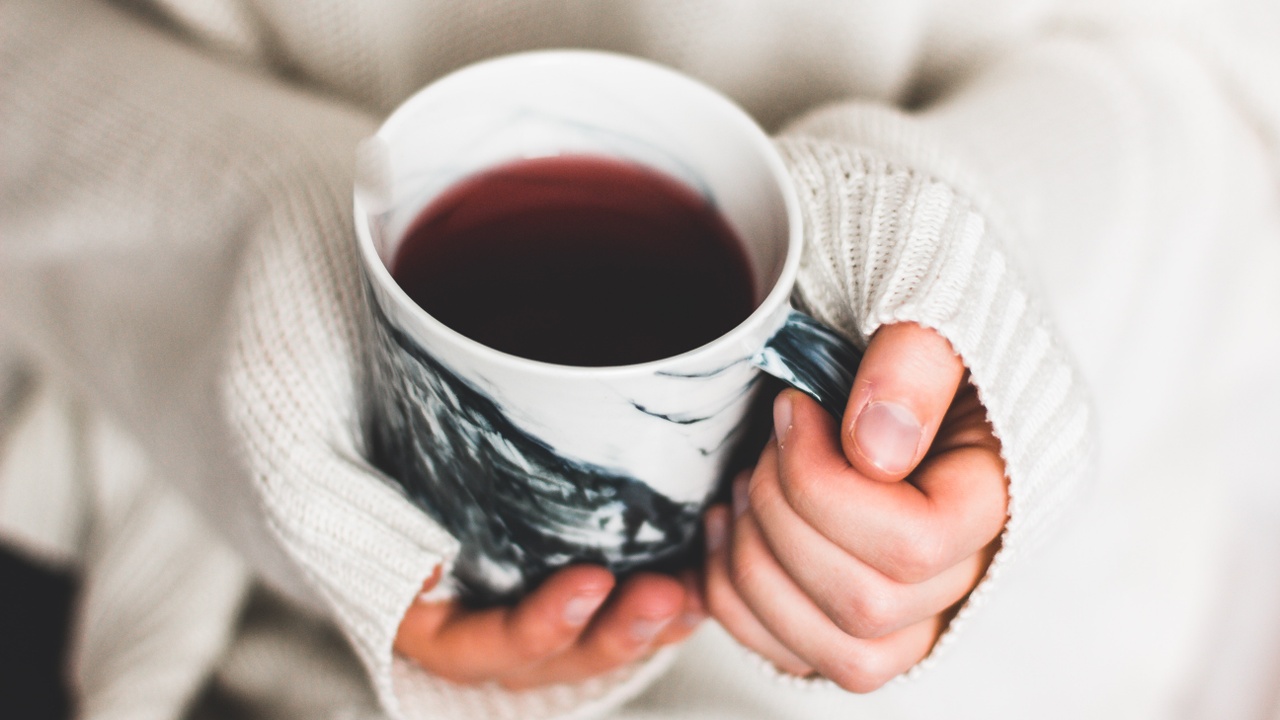Winter as a Time of Immunity Support
Oct 25, 2021
Winter in the 21st century can seem all about preparations for Christmas - shopping, decorations and TV, but inside, it’s all systems on heat and protection as we move into the coldest months of the year.
How can we ensure we keep strong through these months, instead of crippling our resources when we need them most?
It is always good to remember that Christmas for our fore-mothers and fore-fathers was always a time to see in the winter and prepare for the colder months to come. A huge difference between then and now is the availability of the food itself.
When we relied on what the land gave us – or later what we grew and raised – every calorie was precious, especially those from fat, the best compact source of energy to see you through the winter.
Now calories are all too abundant and living in centrally heated homes, we have removed the need to produce as much body heat from fat.
The motivation of a feast at the height of winter no longer fits with the way we live. Frenzied consumerism and gluttony may just be the ultimate expression of our attitude to food and health - a crescendo of excess at the end of the year.
Even many Christmas foods we see as traditional are relatively modern. Our digestion can have a hard time with the modern preparation of meat – traditionally it would be hung and cured to break down the proteins, but today it is on the plate in days.
Much of the food we eat at Christmas has its origins in the need for preserving the food we grew or reared – pickling, curing, smoking, drying, chutneys and traditional jams have all been replaced by chemicals or more sugary versions.
Pre-Industrial Revolution, lard and goose fat were getting folks through the leaner, colder times! Sugar on the other hand was eaten in much lesser amounts and feasting more about ploughing in foods that support, not knock immunity – lots winter veg; greens, squash, fruits like berries and spices, preserved foods and broths.
Reclaiming our bodies’ birth-rights to healthy immunity and stress-coping through natural resilience to real, physical challenge and a connection with warming winter foods can help us change the Christmas period from fat-inducing gluttony to the true comfort it can be.
For example, a key way of getting back to our primal winter programming and how our metabolisms best operate is to embrace thermogenesis is the fancy term for ‘heat production’ and refers to that created by the body and relates to foods, exercise and activities that encourage the body to increase its metabolic rate by creating its own heat.
Being cold helps you burn fat and is a healthy stress on our systems. Turning down the heating, cold showers, outdoor movement and specific thermogenic foods signal the body to produce ‘brown fat’ which we burn as fuel, rather than ‘white fat’ which we store.
All forms of thermogenesis represent a favourable form of stress on the body and, according to researchers such as the esteemed Leo Pruimboom, Associate Professor at the University of Gerona and Scientific Director of the Natura Foundation, thermogenics can increase our bodies’ fat-burning capacity by around 10 per cent. Sounds a better recipe for Christmas than starting January feeling sluggish, heavy and demotivated….
There are three ways we can increase thermogenesis in our bodies:
1. Non-exercise Activity Thermogenesis (NEAT) is the energy expended during anything we do that isn’t sleeping, eating or doing intentional exercise. NEAT includes all the involuntary ways we create heat in our bodies and thus increase our metabolic rate such as fidgeting, chatting, or typing as well as through creating intentional cold states in the body through lowering thermostats to under 22 degrees Celsius, having a quick cool shower or going without a layer of clothing on a chilly morning.
Getting used to the cold is one of the best immune-supports you can do; hardiness is a learned skill and you can increase tolerance bit-by-bit. I trained myself to do this about 10 years ago and after a lifetime of being highly sensitive to the cold, I now actively enjoy it and fight off colds easily. Leo Pruimboom has done studies on this effect to see positive changes for those with chronic fatigue, obesity and diabetes.
2. Exercise Associated Thermogenesis (EAT) is simply the production of heat in the body during intentional exercise such as running, swimming, weight training and competitive sports. This also means Spontaneous Daily Activity (SPA), the way we just naturally move around to get things done. When we sink into a sofa-bound, sedentary state of being, our metabolisms slide down with us.
Keep things moving, which doesn’t need to be punishing exercise routines, but walking places, getting out and enjoy festive activities like making decorations, cooking – anything which isn’t just simply sitting on your derriere…. But do rest and recover well of course!
3. Diet Induced Thermogenesis (DIT) Certain foods also have a thermogenic effect on the body by encouraging heat production in our systems after we have consumed them, thus raising metabolism. Foods that have thermogenic effects include protein and fats as well as caffeine, chilli, cayenne pepper, citrus fruits and green tea.
Guess what has the opposite effect? Yup, sugar and refined carbohydrates, so the odd mince pie and ginger biscuit are a lovely treat, but will encourage fat-storage and can compromise immunity as they interfere with infection-fighting white cell production, as well as being inflammatory through AGEs (Advanced Glycation End-products).
Have you joined my free Natural Health & Calm Community yet? This group is designed to help you feel more calm, collected and less stressed and overwhelmed. Click here to join today...




